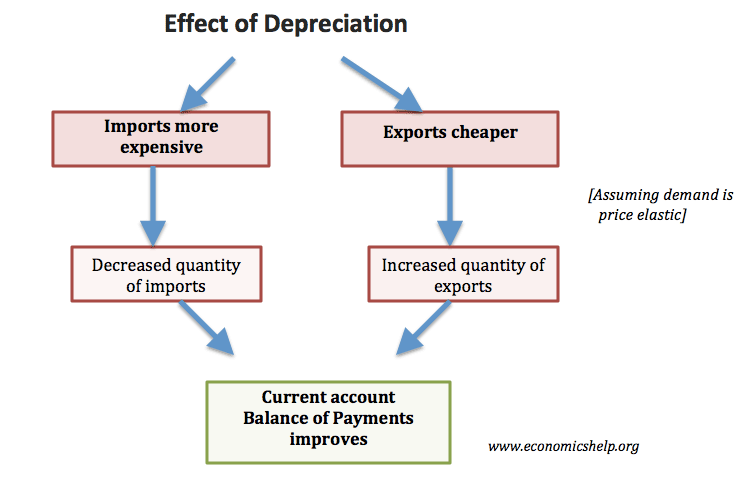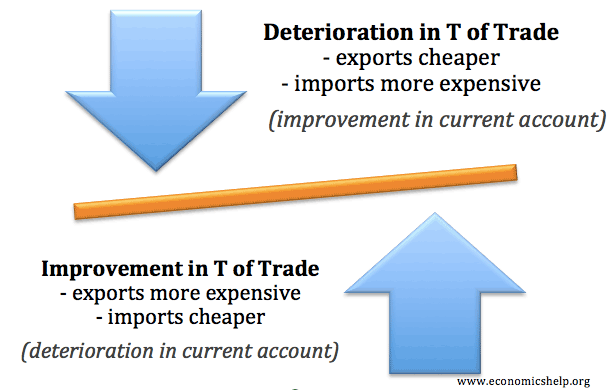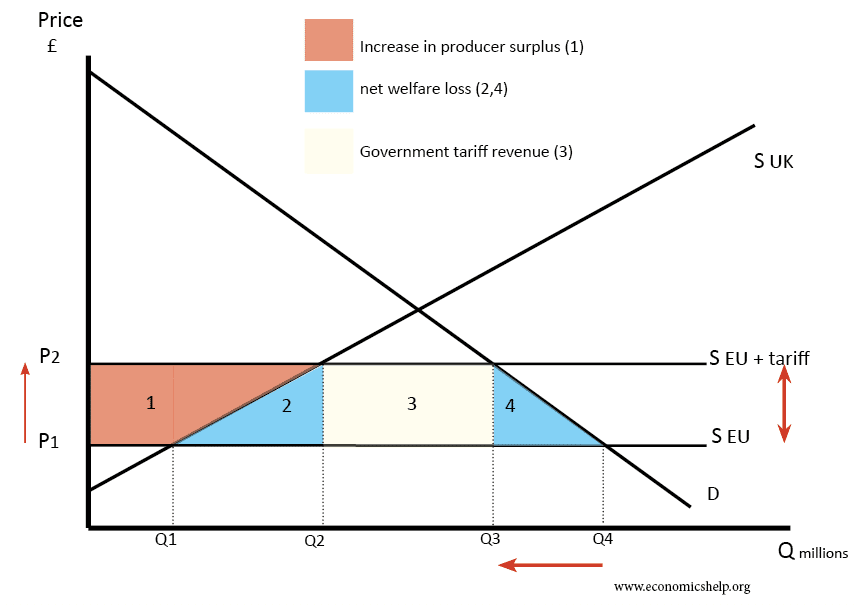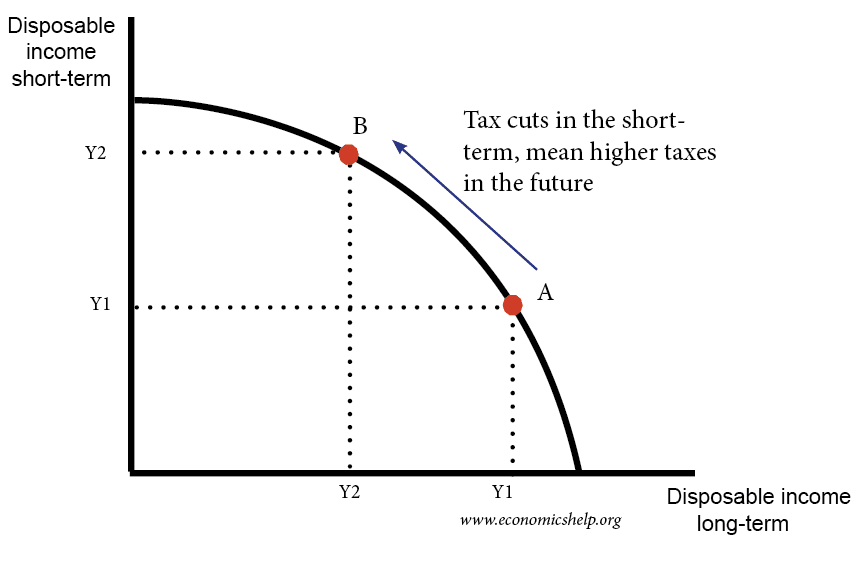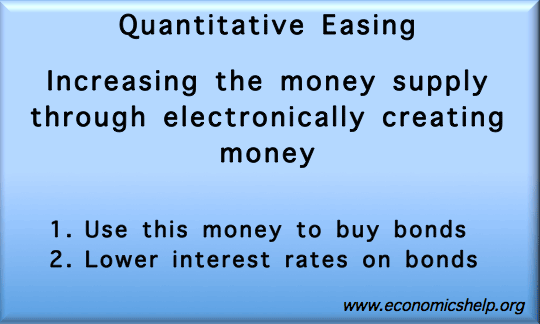Would inflation and stagflation help to reduce inequality?
Readers Question: It has been suggested in a philosophy/economics class that I am taking that given the current state of income inequality between the 1% and 99%, that a period of stagflation might be an effective equalizer. I don’t see it. Any thoughts? Stagflation is a period of negative economic growth (or very low growth) …

